|
After months of long work on Google Drawing, students finally hung up the banners we had printed to educate our school community about water usage, impermeable surfaces, runoff, and its finite availability! The banners are proudly on display in front of our school! Way to go 5th graders!
We've learned so much from our water unit! There was no better way to nearly close out the unit than inviting Debra Shore, Commissioner of the Chicago Water Reclamation District into our classroom to show her all we know about our clean and dirty water!
From her presentation, we confirmed a lot of what we knew, and we also learned about other solutions to combating runoff. We were excited that some of our ideas are already in place, trying to keep our freshwater here and not have it runoff into the storm drains.
From Ms. Shore's presentation, we spent time looking at each of the solutions she presented us with. We had a great discussion about how these solutions would positively impact our water supply, as well as possibly offer other benefits!
So now that we've figured out the answer to our Driving Question, we stepped back to look at all the problems we identified throughout our unit. We realized one BIG thing... That the problems regarding our reduction in the amount of available freshwater and its diminishing quality were caused by no one other than US. So we began reflecting upon solutions and tried to test some of them. We realized that our limited supplies in class were affecting the quality of our proposed solutions. We looked at models to help understand the problems with impermeable surfaces and a lack of plants and natural surfaces to allow water to infiltrate. We'll also be looking at various solutions already in place, comparing them to the solutions we developed. Great work 5th grade!
So after some in-depth discussion, we figured out that we weren't really certain about some things in our models that explained how water changes from Lake Michigan to our tap.
1. We weren't certain on the building...is it the purification plant or the wastewater treatment plant that cleans Lake Michigan water? We were aware of this weird building near Navy Pier, and it's pretty much on the Lake. 2. We weren't certain on how stuff gets removed and added to the water. Is it just like the WWTF? Or are the processes more like what happens when water goes deep underground and becomes clean from going through earth materials? 3. We also weren't sure on how pipes may play a role in adding stuff to water. So Mrs. Brinza found this great movie to watch to help gather evidence!
And we revised our models to this!!!
We're on the last leg of answering our Driving Question...and we're trying to figure out where our clean water comes from! We've figured out how many other places clean water and from our water testing data, we know that Lake Michigan water is different from the water that comes out of our tap.
Student groups developed models to explain this, thinking about how the water moves, where it goes, and the processes involved in cleaning it. So now that we've gathered data and really talked about it, students had to write their thoughts down using the Q-CER model. Check out these four students' work to see their thoughts behind if Lake Michigan water is really the same as the tap water they drink.
So before we begin solving some of the problems we identified so far, we took a step back and realized that we haven't fully answered our Driving Question for the unit, and acknowledged that more problems may surface once we figure that part out. For this reason, we're going to now focus on the "Where does my clean water come from?" part of the question! While our online research has indicated that we get our drinking water from Lake Michigan, we're not convinced that the Lake's water is the same as the tap. We developed some initial models to support our claims to the question: Is Lake Michigan water the same as tap water? We agreed that it wasn't the same, as no one would go straight to the Lake and drink it. Why not? Well lots of things end up in the Lake for many reasons, but some things that really concerned us were waste from recreational use of the lake (like gasoline or garbage from boats), animal waste in the water, and runoff (as not every part of the lake is connected to earth materials). So in order to do this, students suggested we go to the Lake to get a sample. But lots of constraints got in the way (timing, feasibility, safety)...so Mrs. Brinza went to the Lake and did some water testing there. A huge thanks to Ms. Chris for filming me and tolerating the cold (and crazy stares from passerby along the lakefront)!
We also did all these same tests in class... And compared them between one another... Which got us wondering... Man! We've got more work to do! (But that's alright...I'm okay with that!)
So we revamped our model since we figured out what happens with storm water. Recognizing that in heavy rains, flooding, and a large influx in melting snow causes a huge problem in the sewer system with the amount of water it can hold, the outfall pipe with raw sewage into the Chicago River poses a problem.
Along the way, we've identified other problems, too. We're going to be thinking more like engineers as we are close to answering our Driving Question for the unit, "Where does our clean water come from and where does it go once we make it dirty?" There have been lots of instances where some engineering could have helped along the way...and maybe, just maybe, engineering has actually helped in ways in which we take for granted. Our deep discussions about surfaces and permeability got us thinking... We have recognized a lot of concerns with a place having lots of impermeable surfaces, one being that untreated water can end up in a waterway, like the Chicago River. This is evident during stormy weather with heavy rains or when there is a massive melting after a heavy snowfall. We decided to educate others about this HUGE problem through a comic (hopefully to lighten the somber discoveries we've made). This also got us thinking about how we could represent permeability and impermeability... And even more important, we began to think like engineers and develop possible solutions to the runoff problem caused by impermeable surfaces. Check out some ideas...we've be evaluating their feasibility and possible testing them when we're near the end of answering all our questions!
|
Mrs. BrinzaThere's nothing like a nice cold glass of water on a warm day. I kind of take advantage of that clean water quite often... Archives
May 2018
Categories |
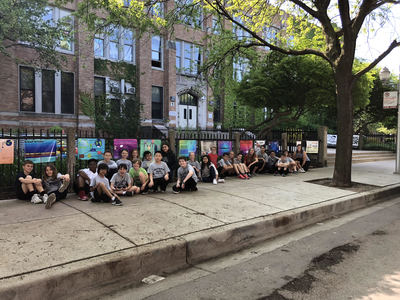
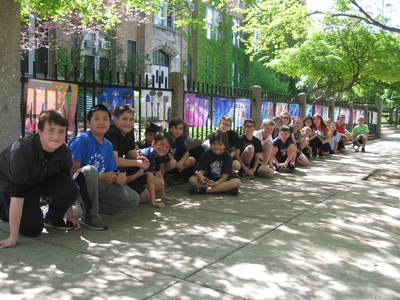
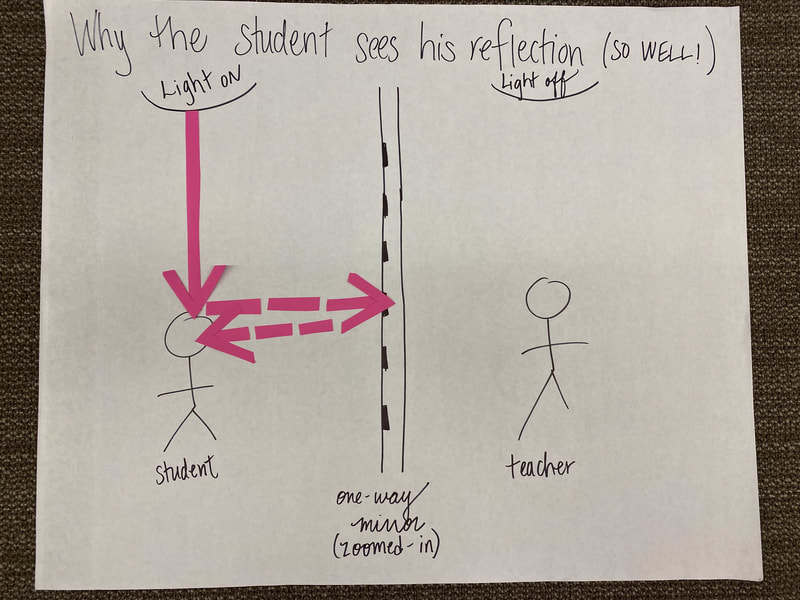
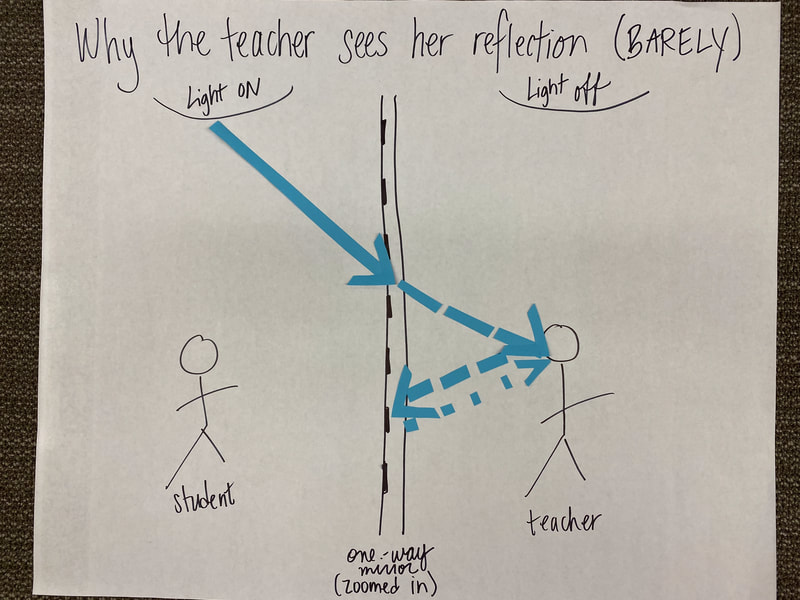
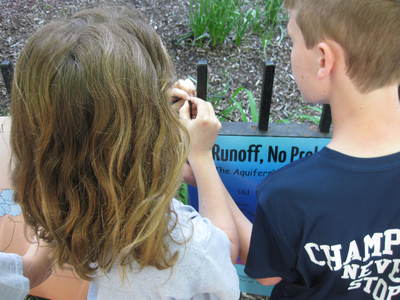
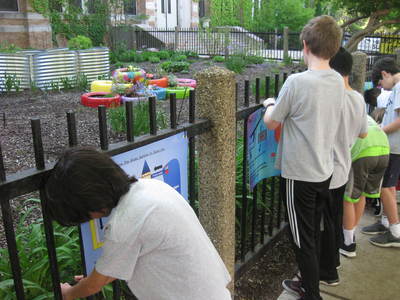
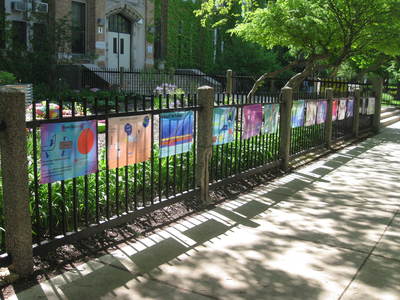
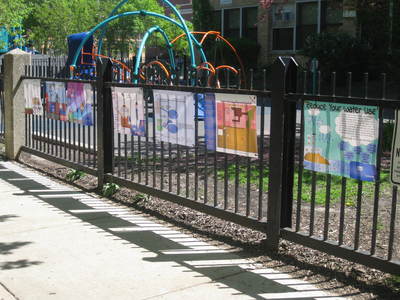

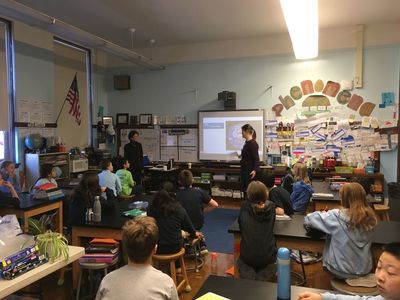
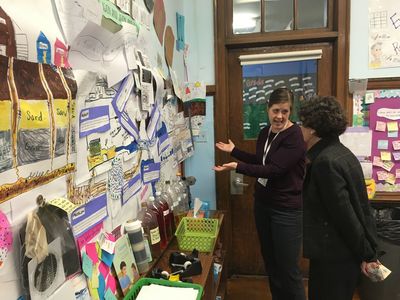
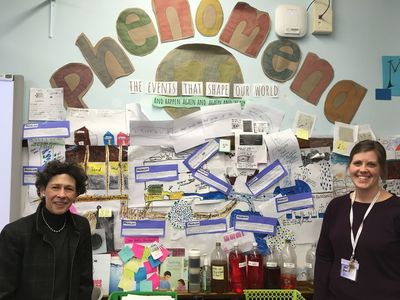
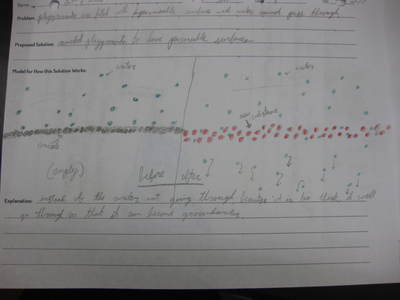
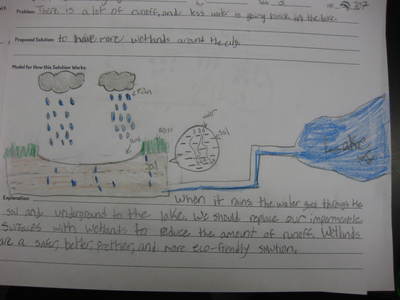
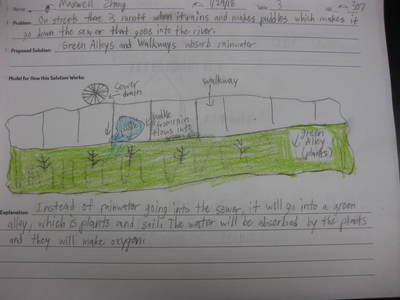
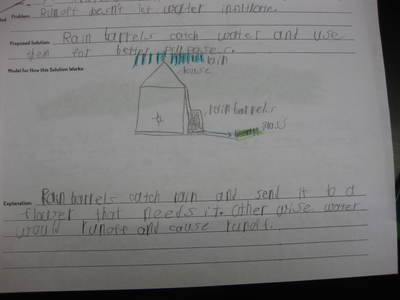
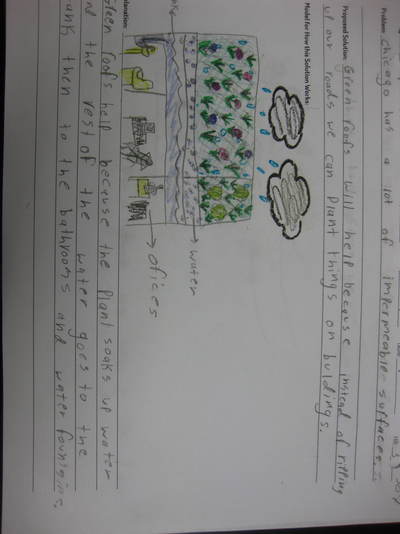
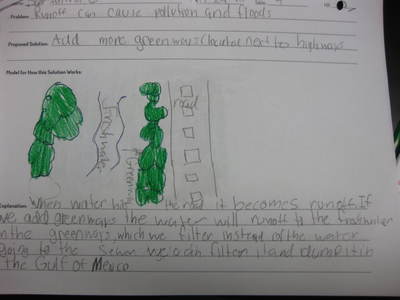
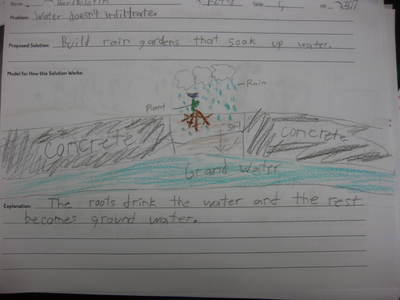
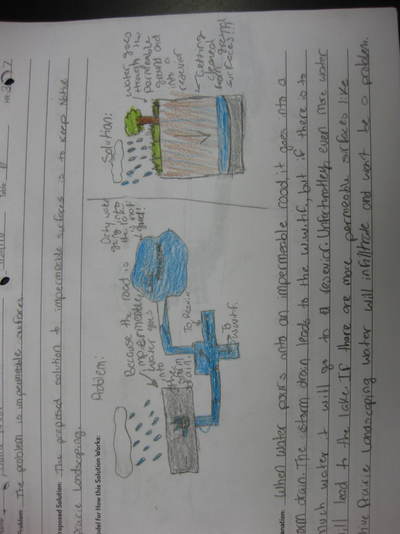
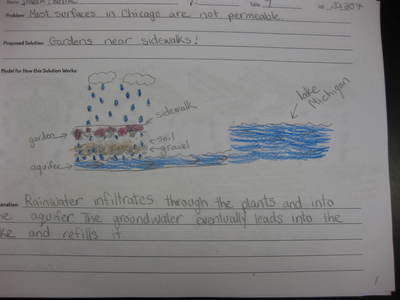
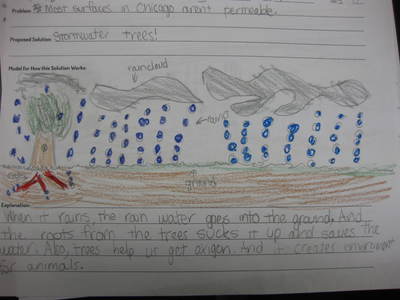
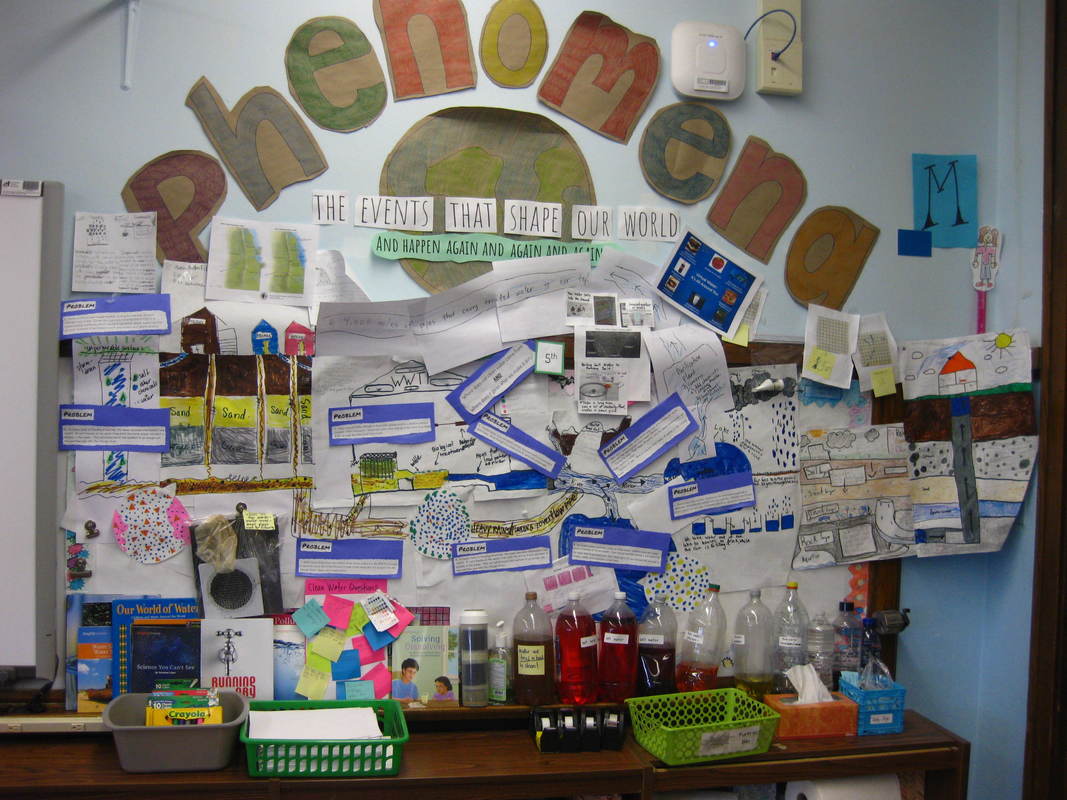
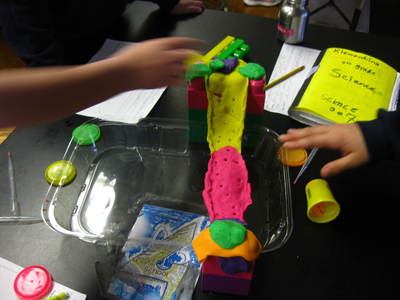
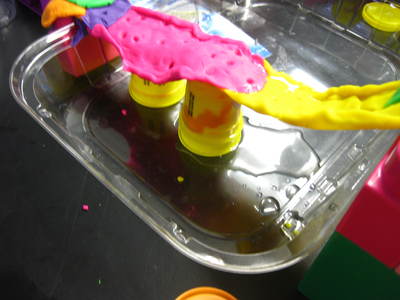
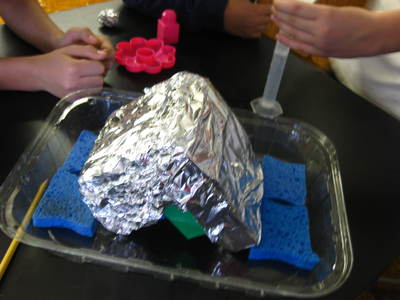
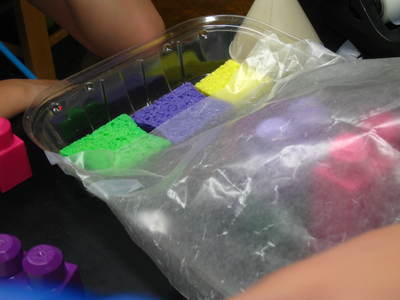
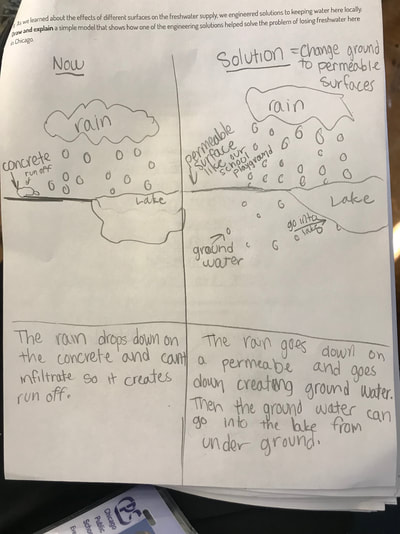
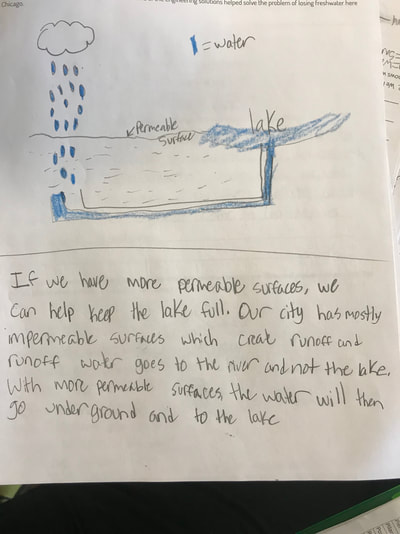
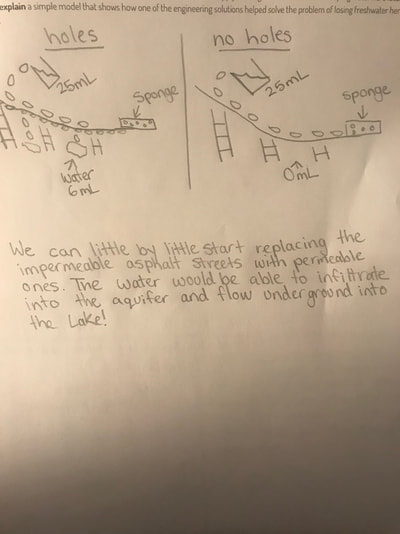
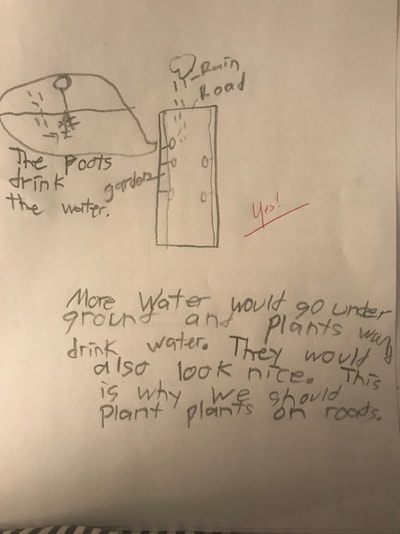
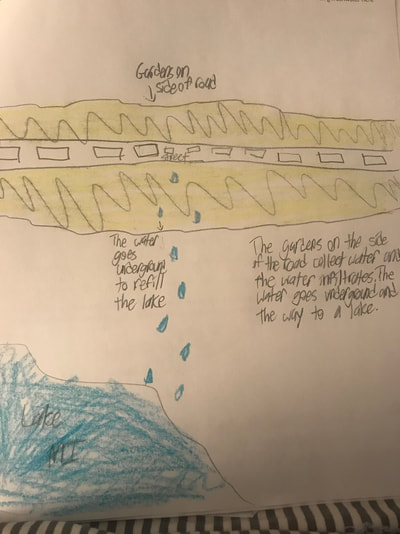
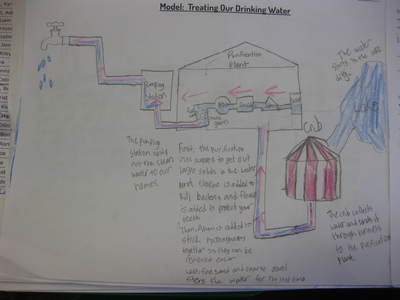
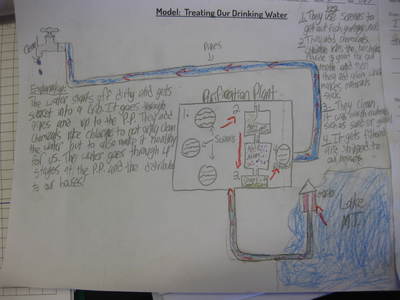

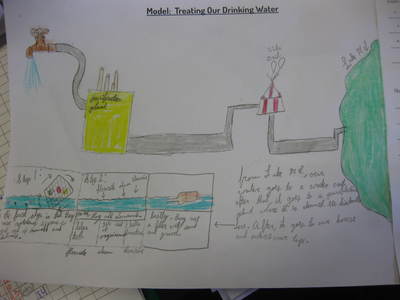
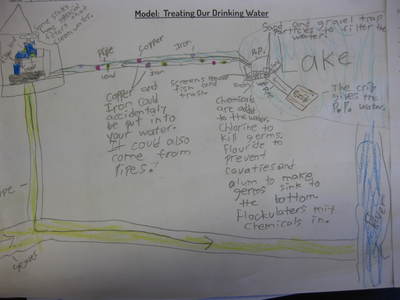
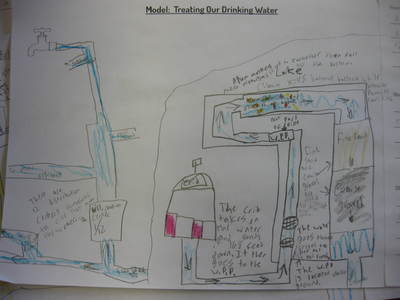
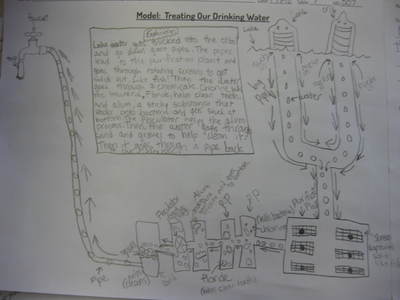
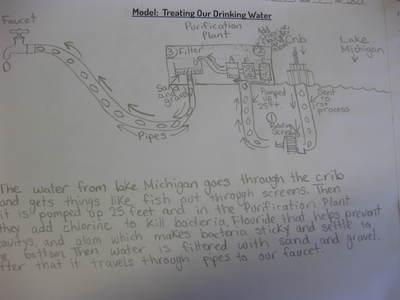
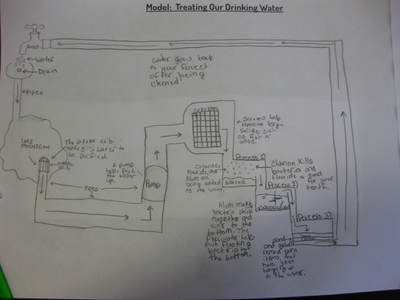
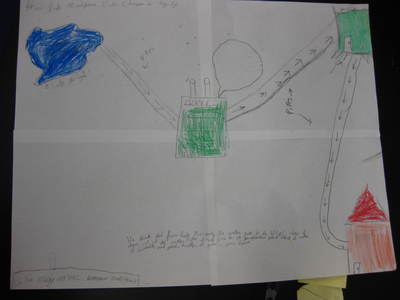
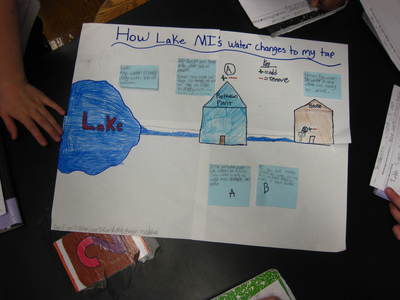
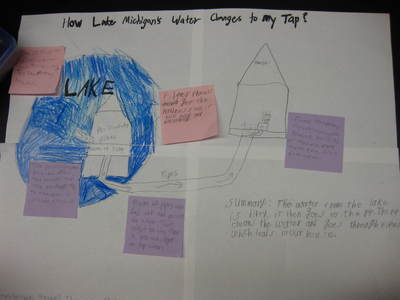
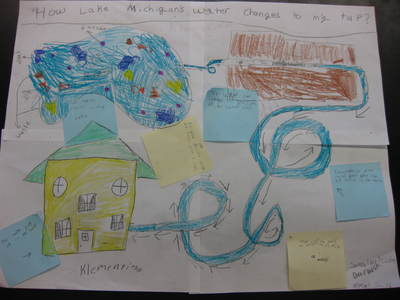
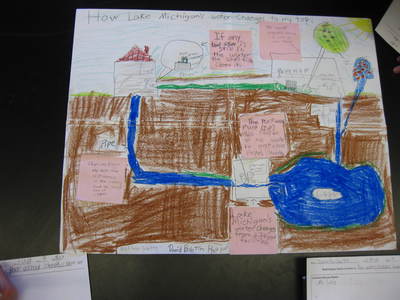
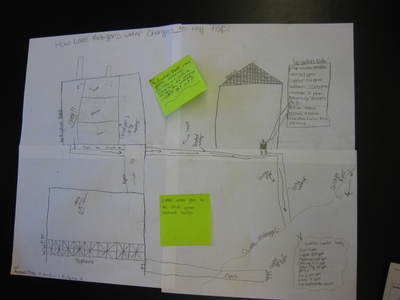
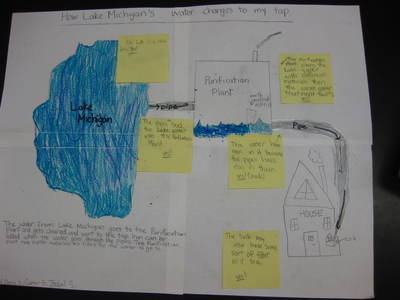
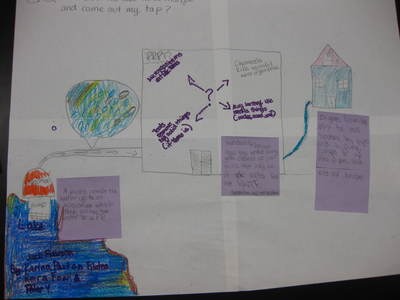
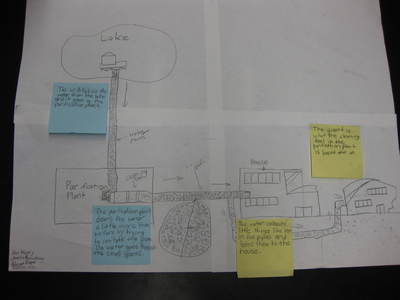
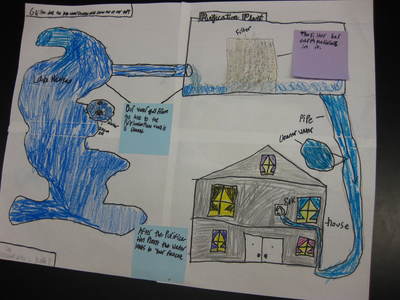
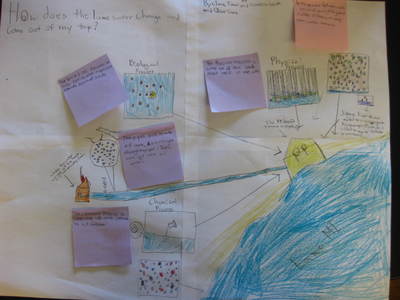
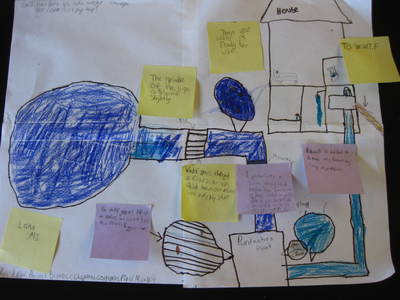
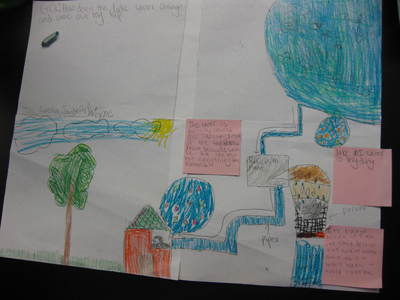
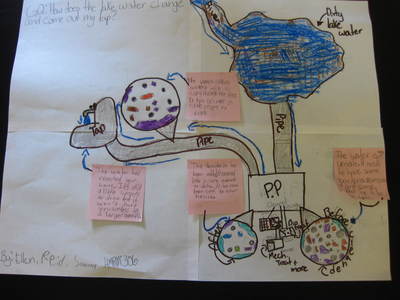
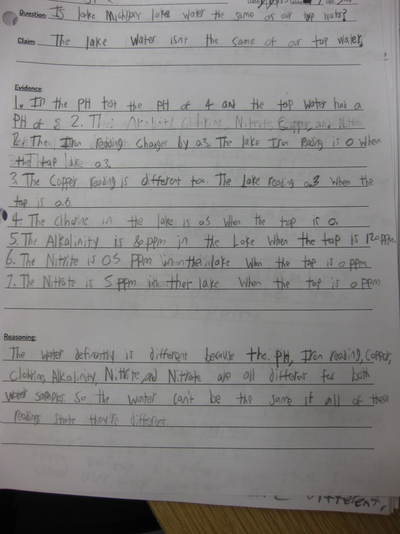
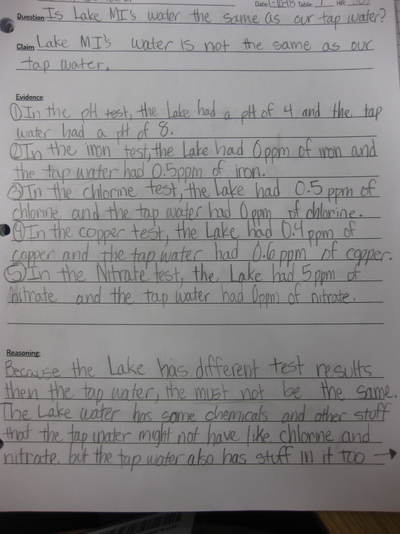
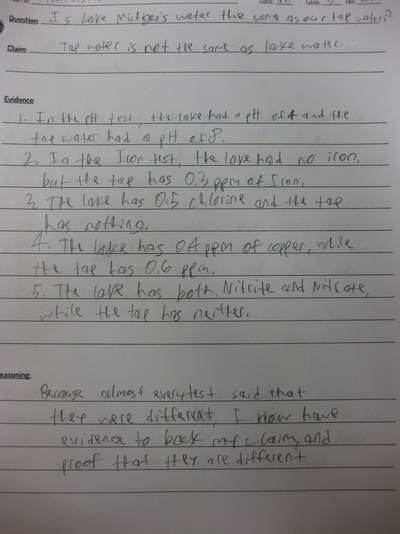
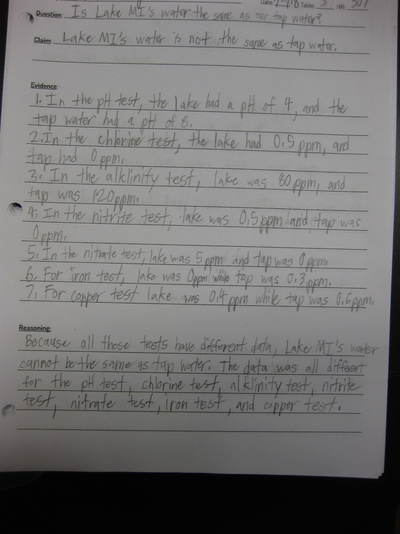
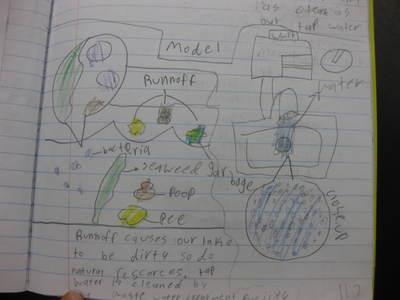
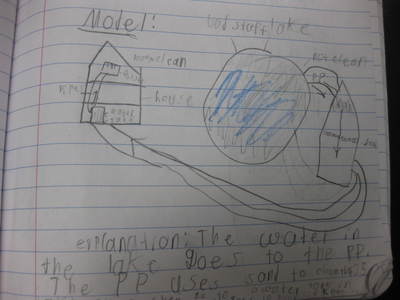
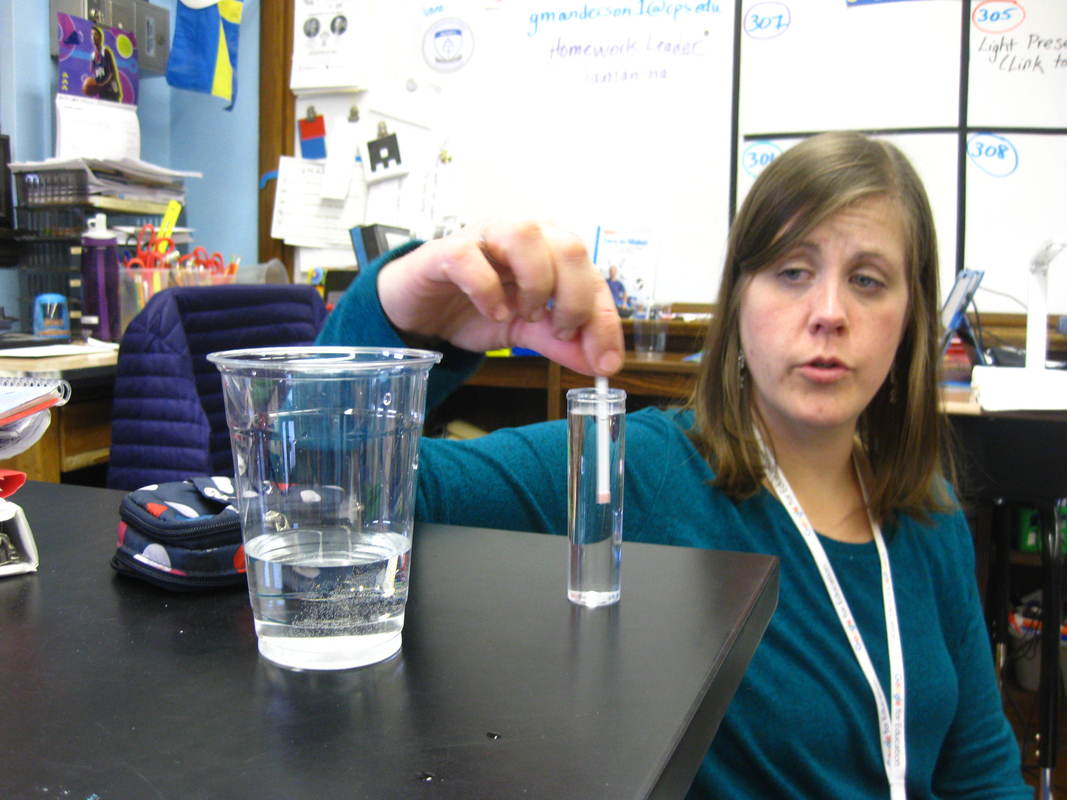
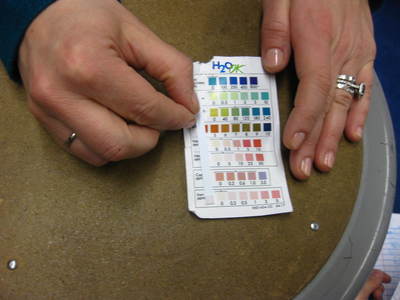
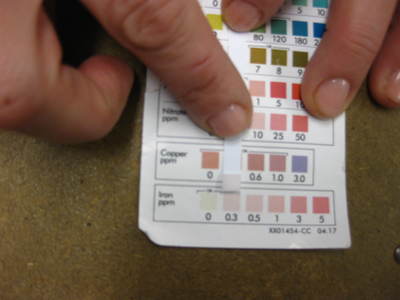
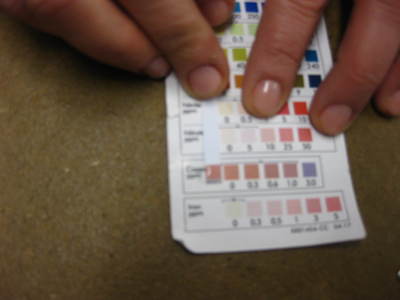
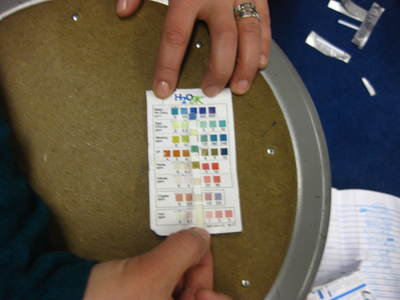
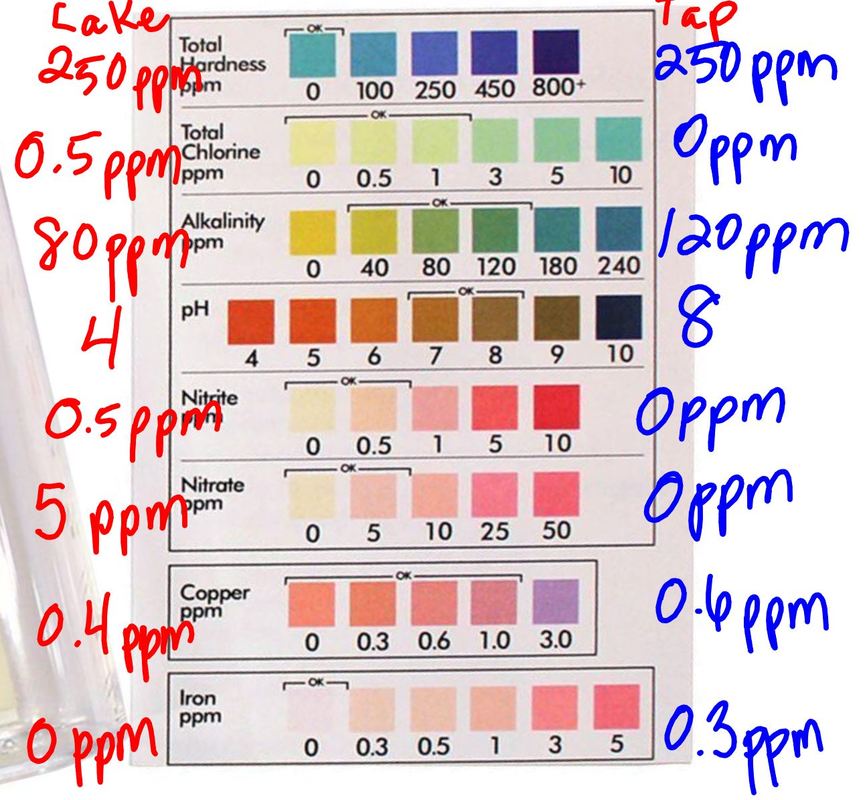
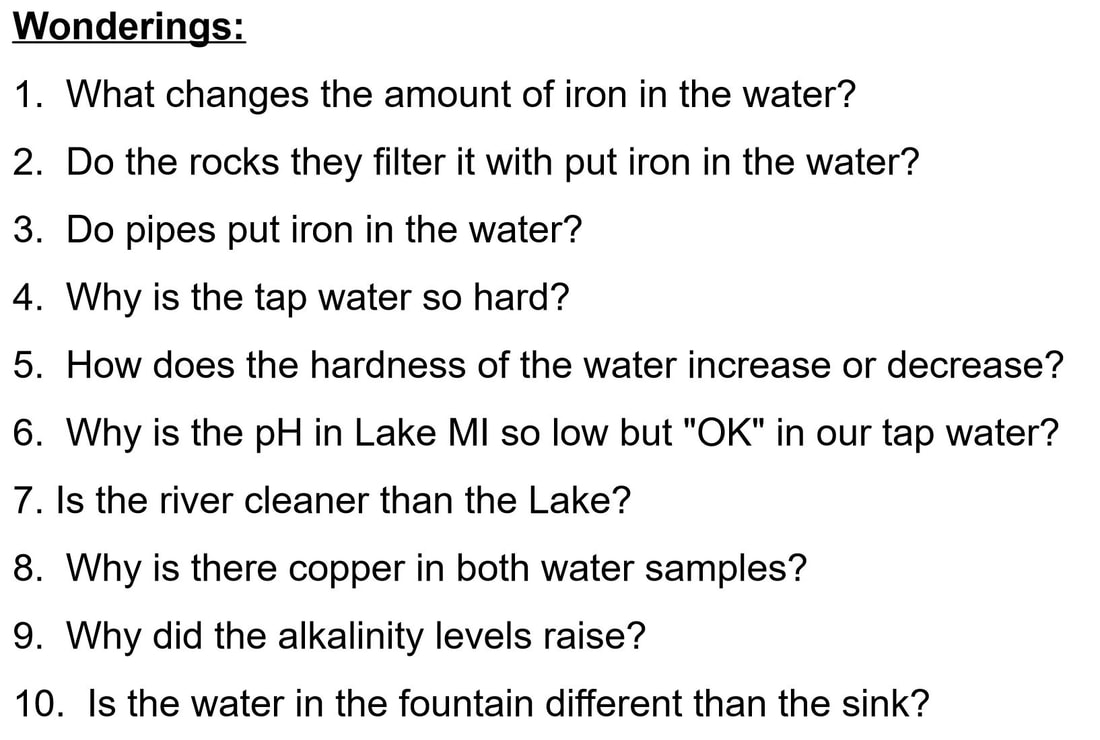
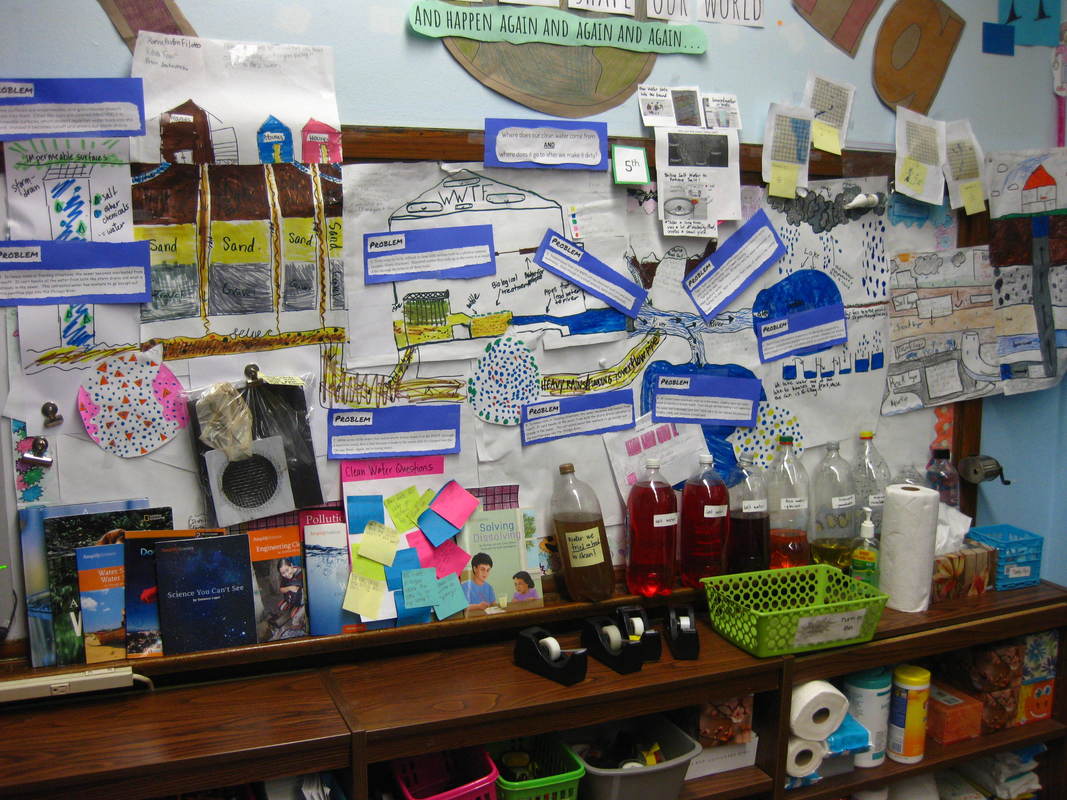
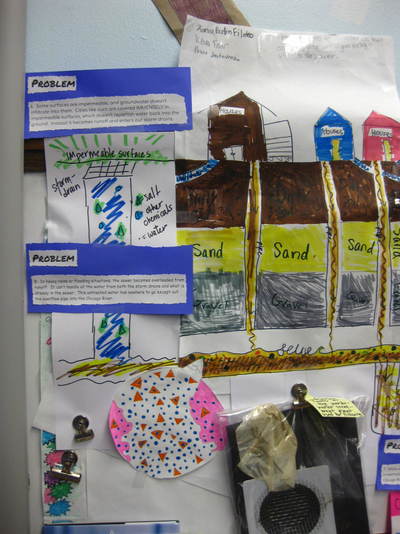
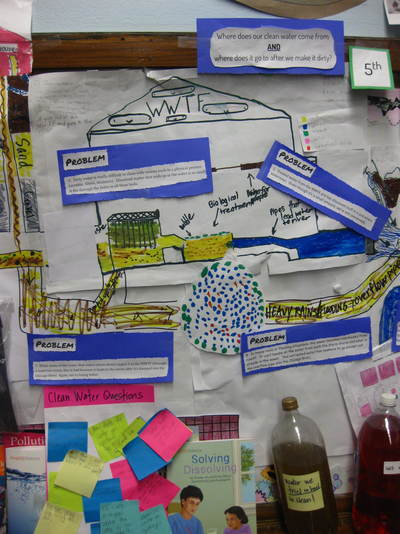

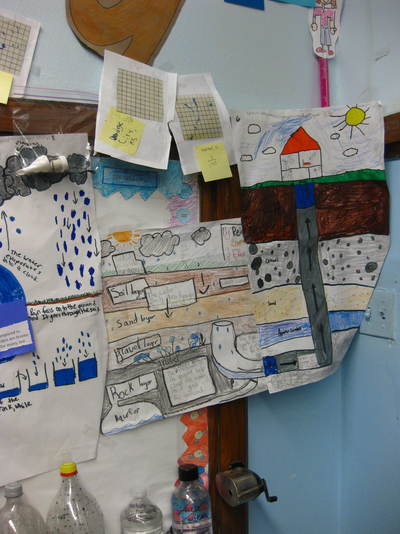
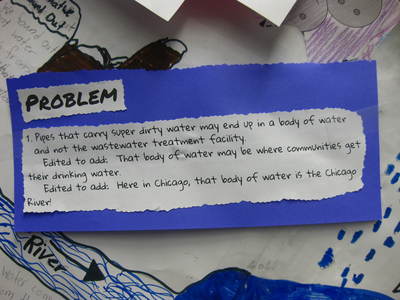
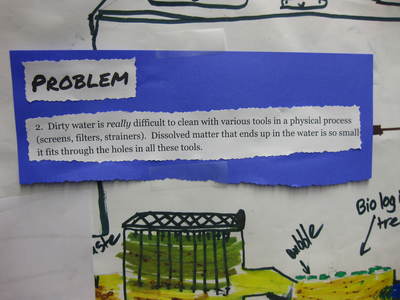
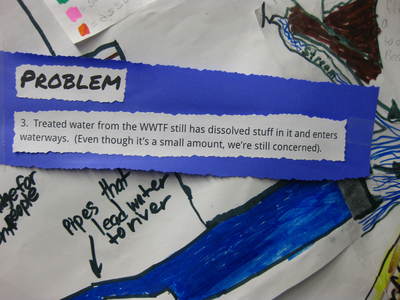
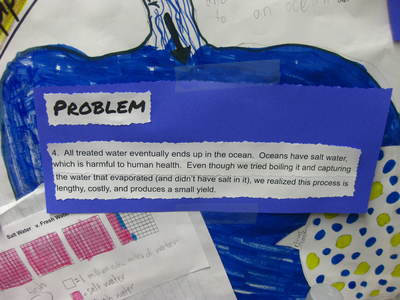
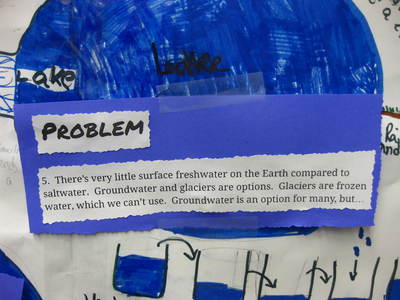
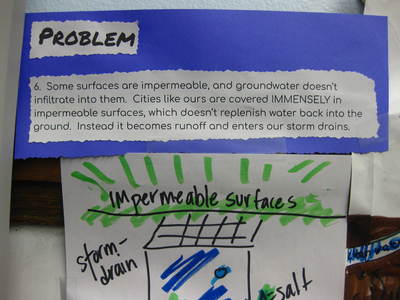
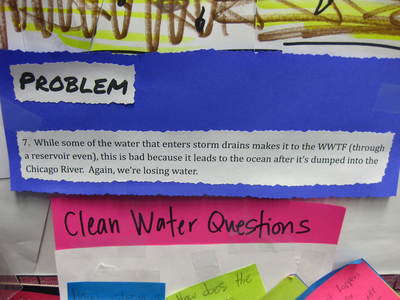
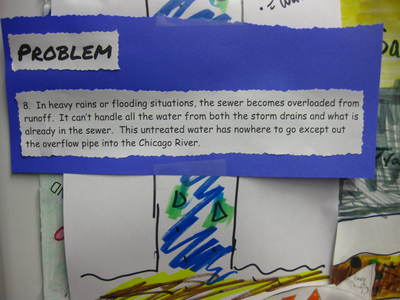
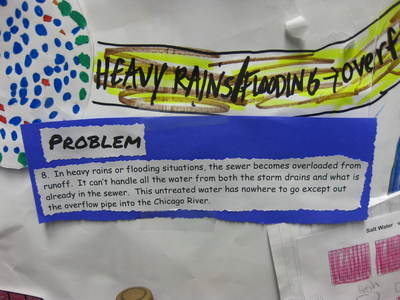
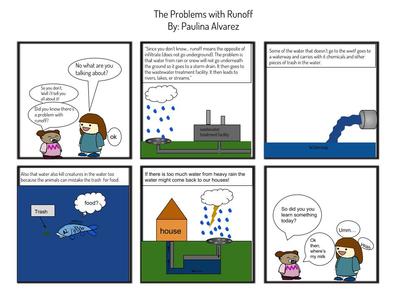
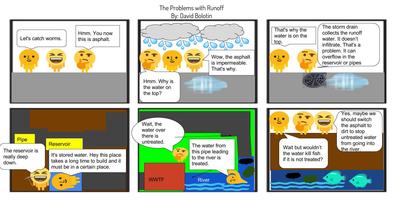
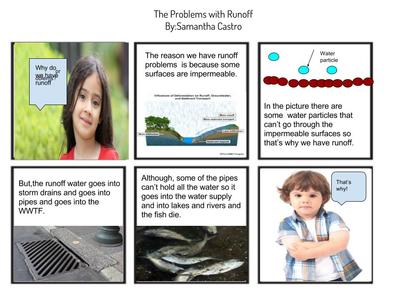
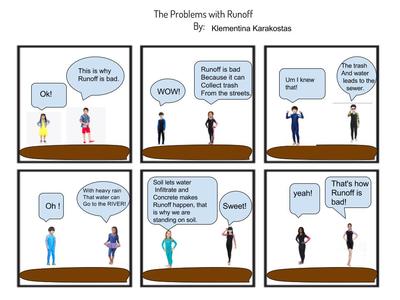
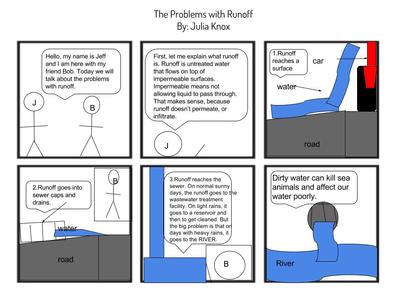
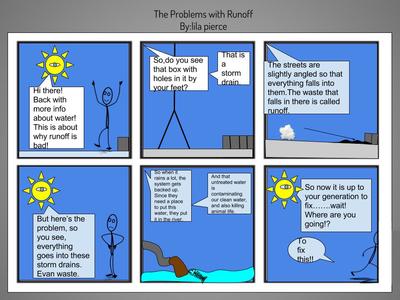
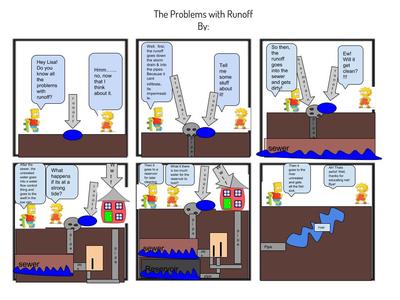
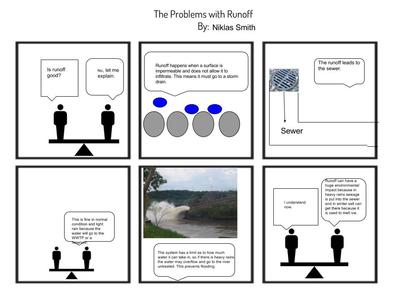
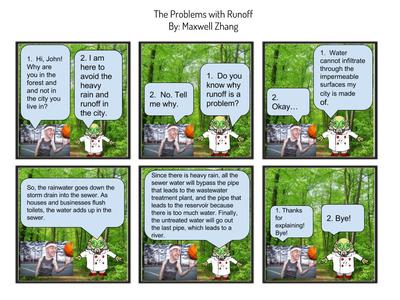
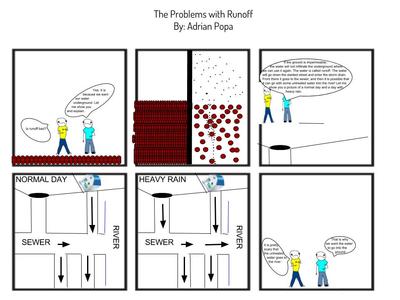
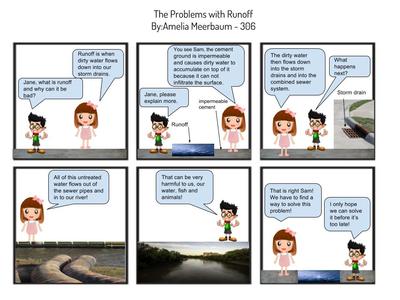
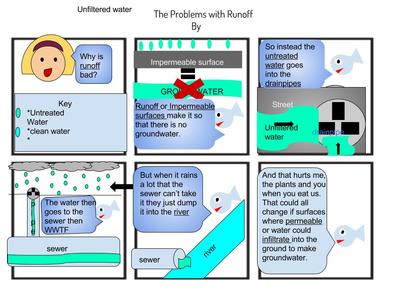
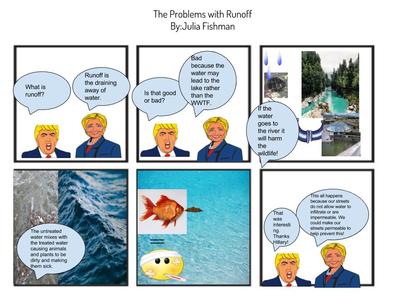
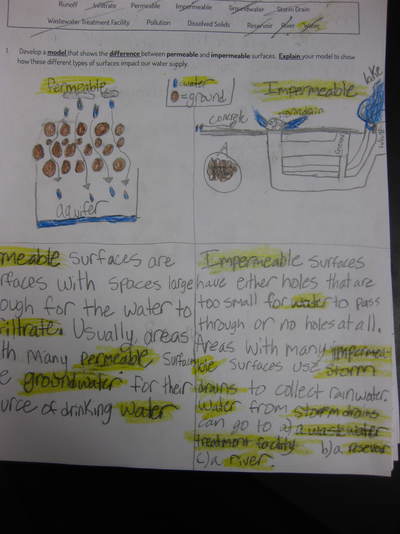
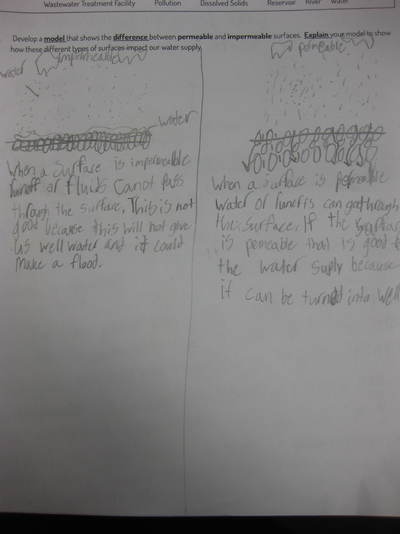
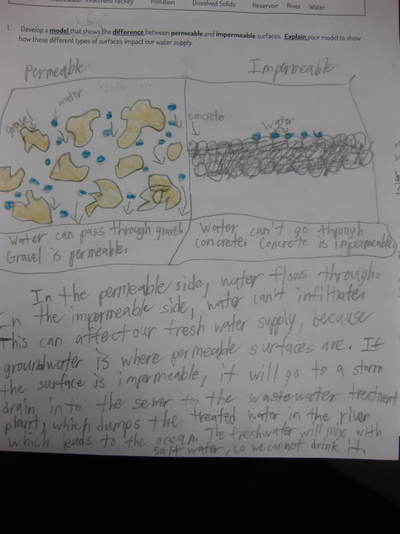
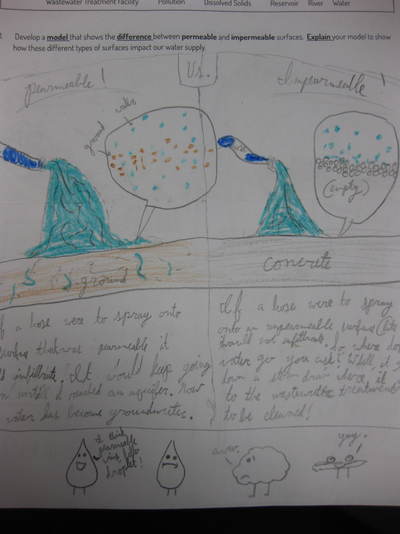
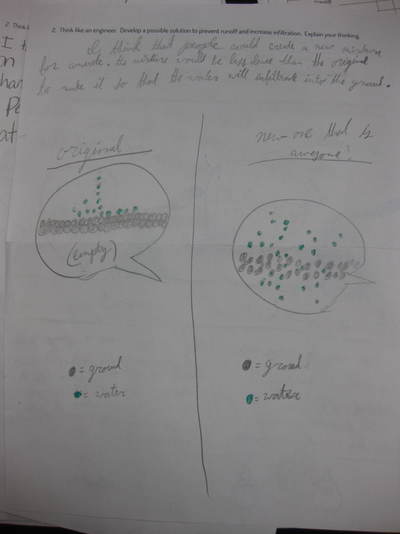
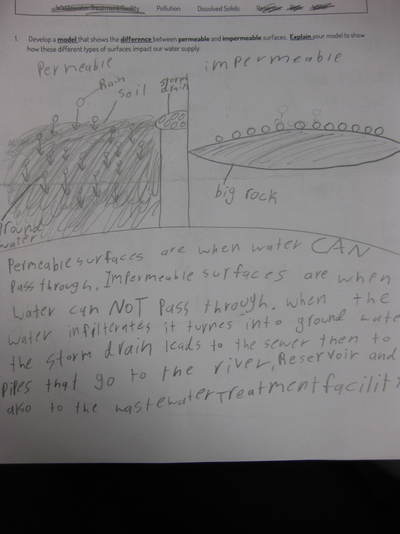
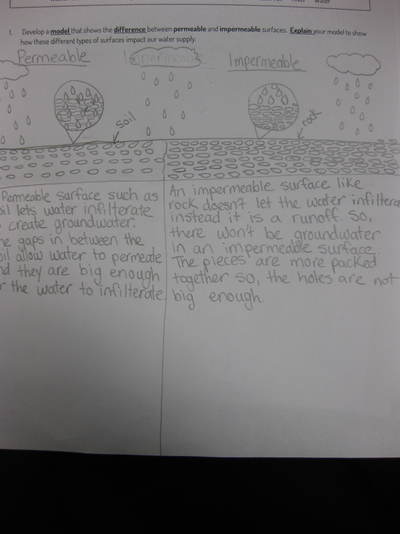
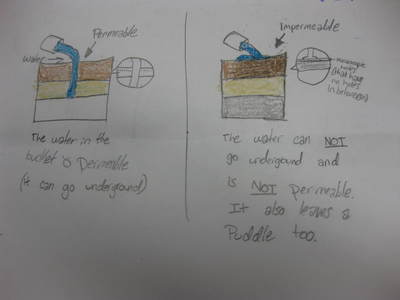
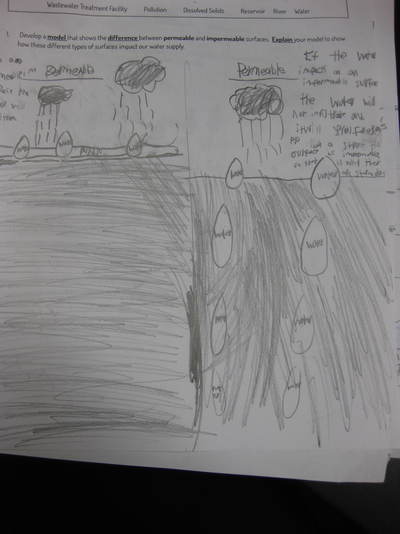
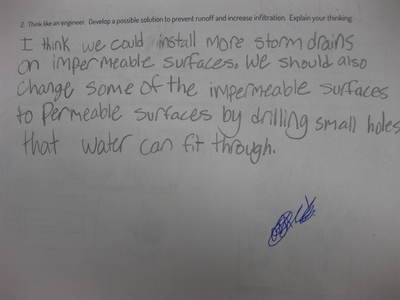
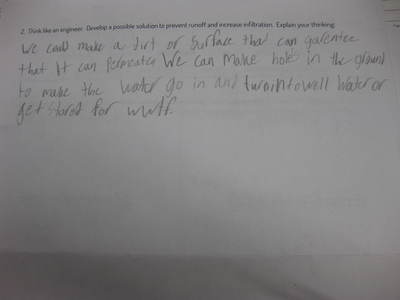
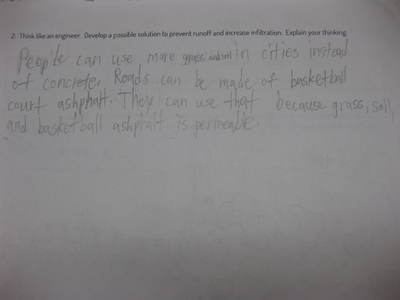
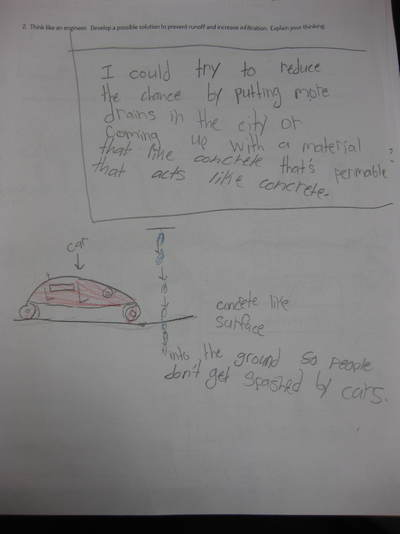
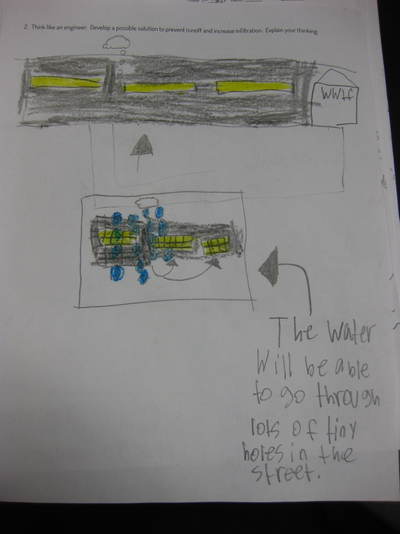
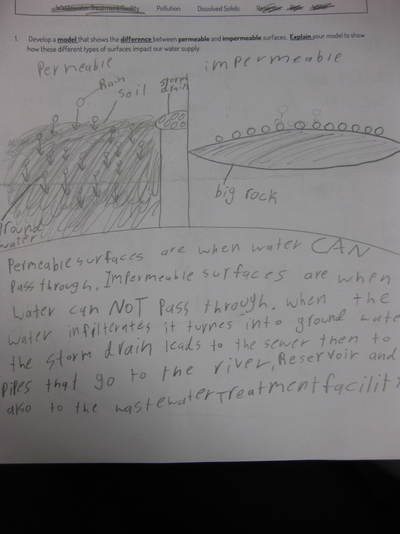
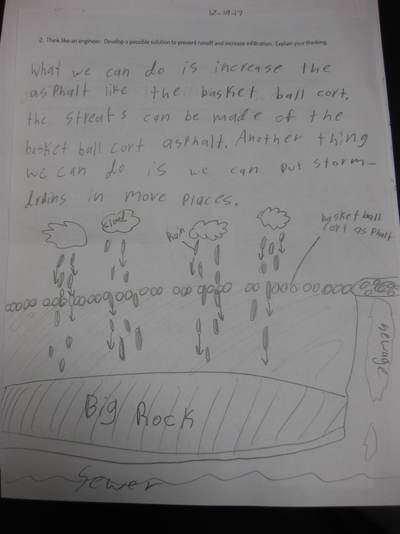
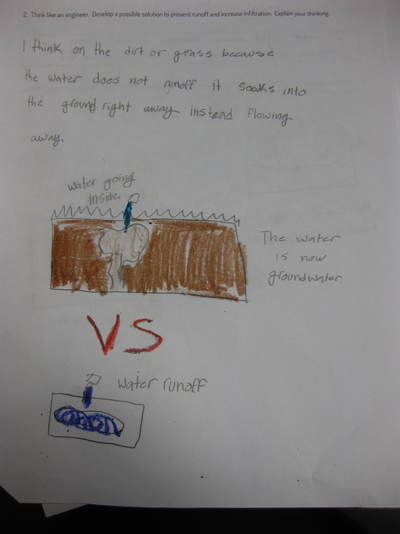
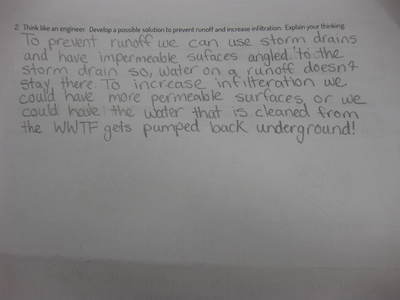
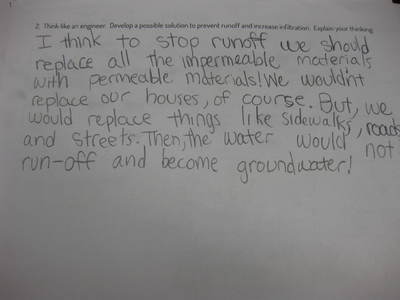
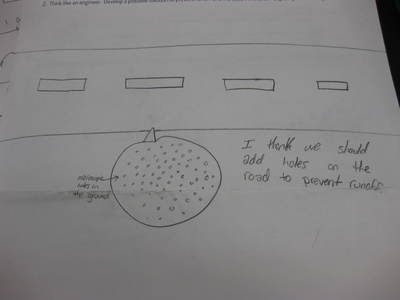
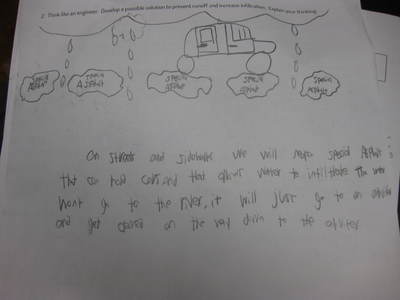
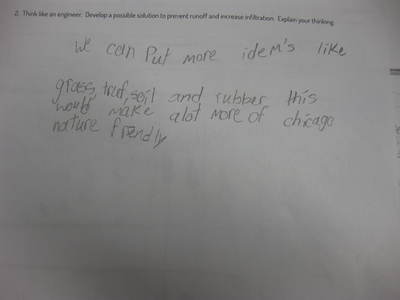
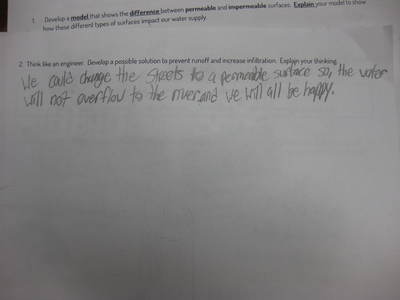
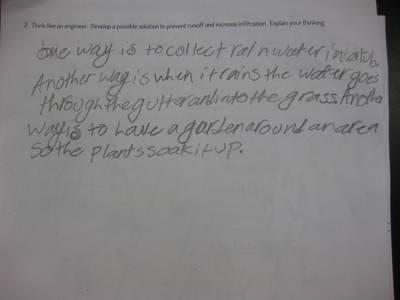
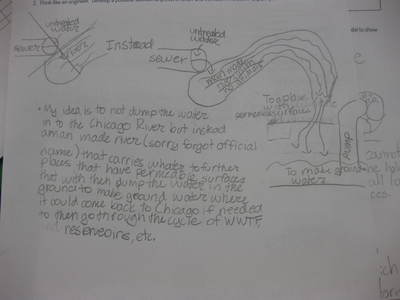
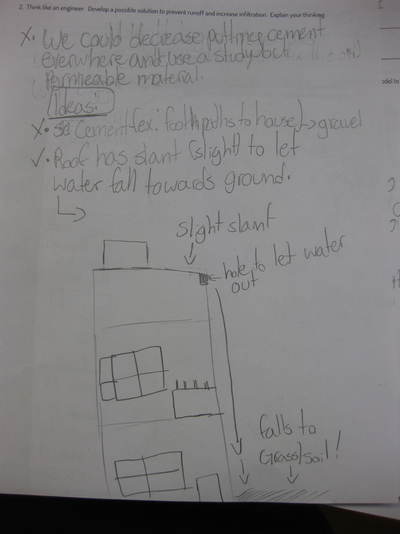
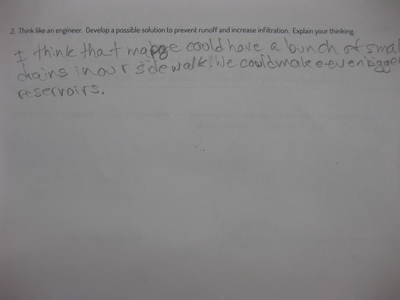
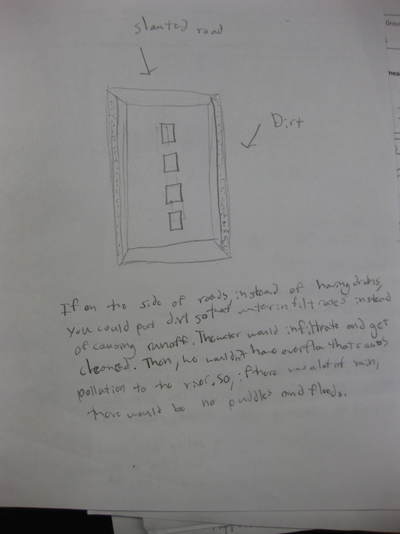
 RSS Feed
RSS Feed